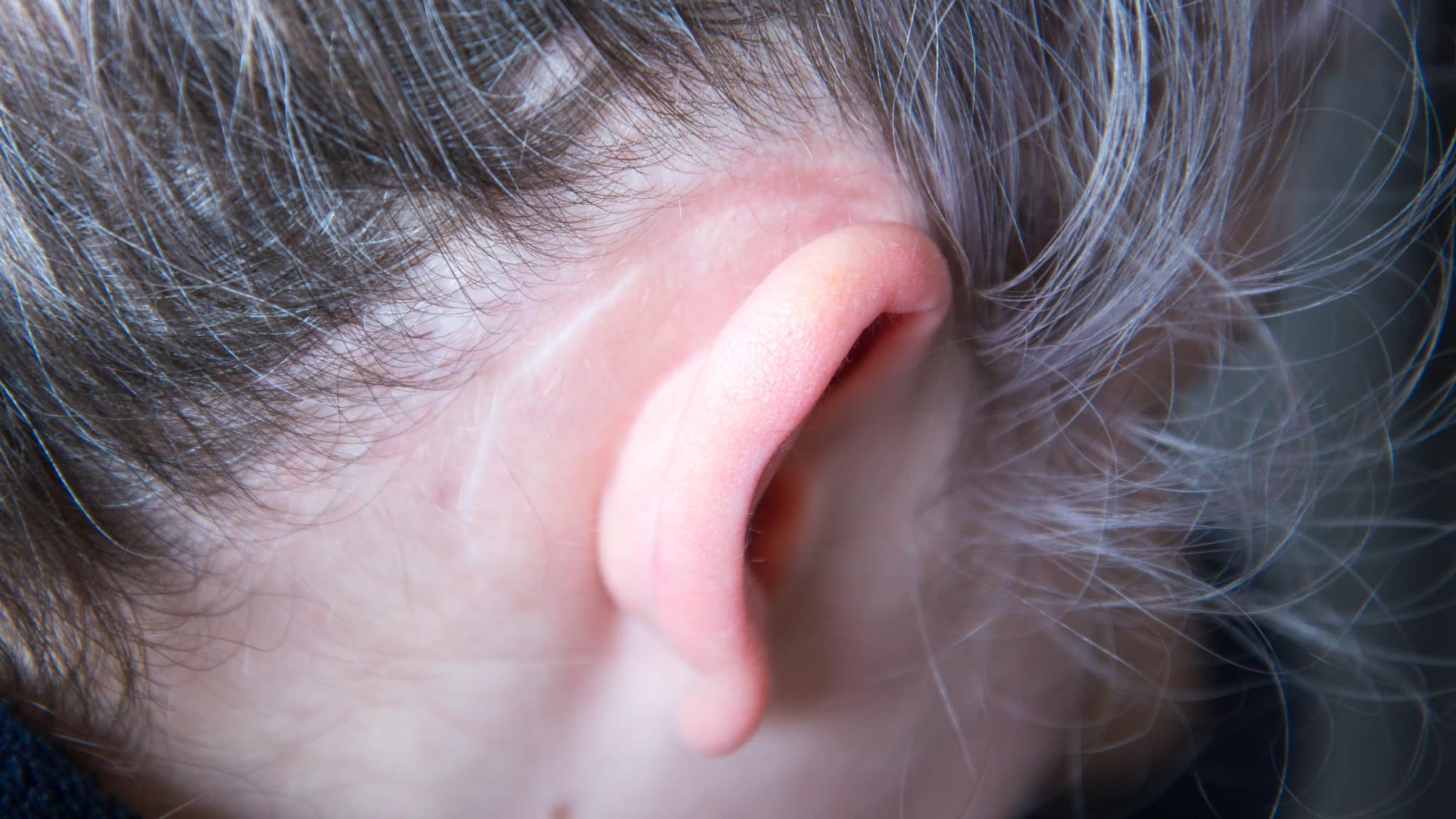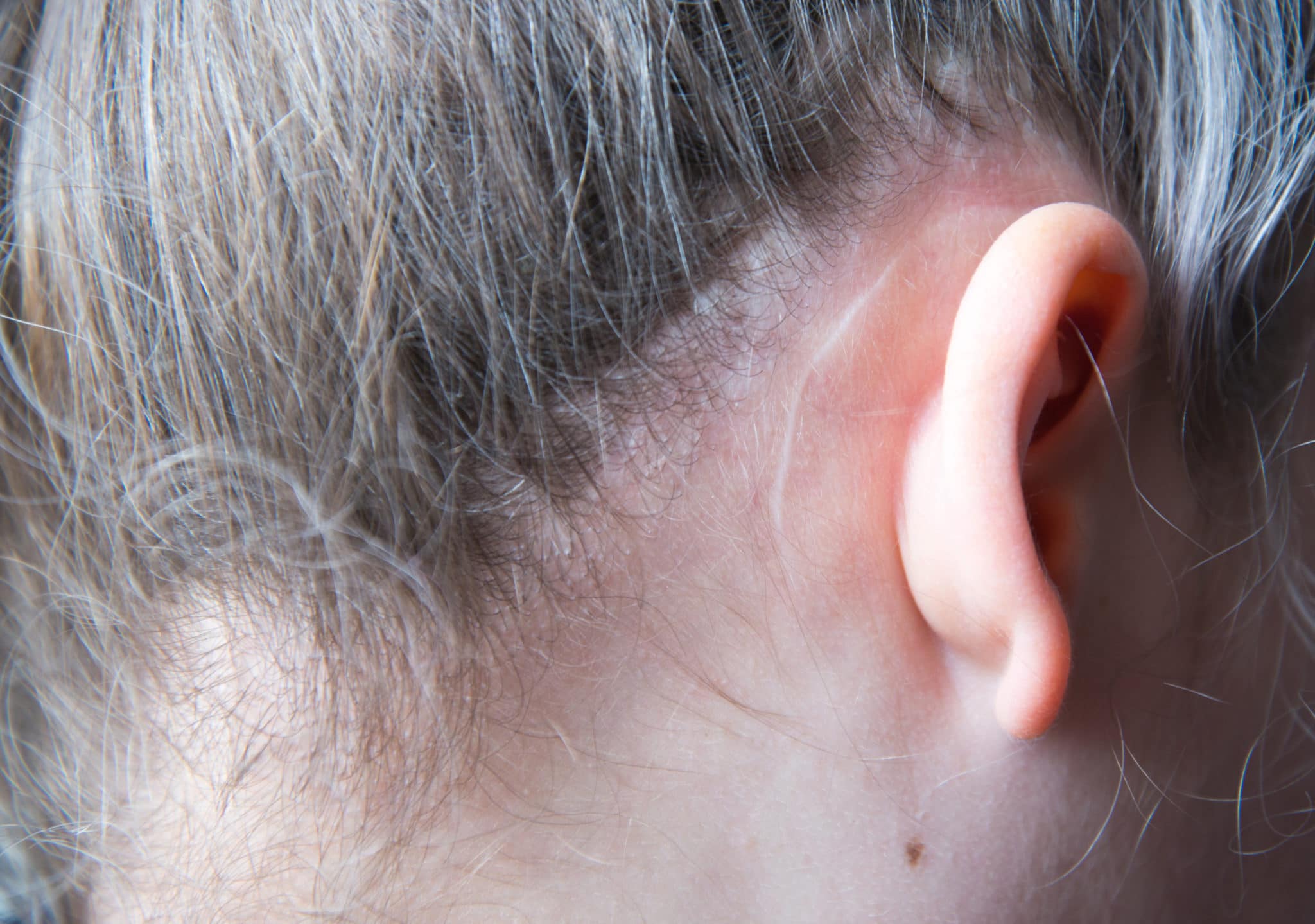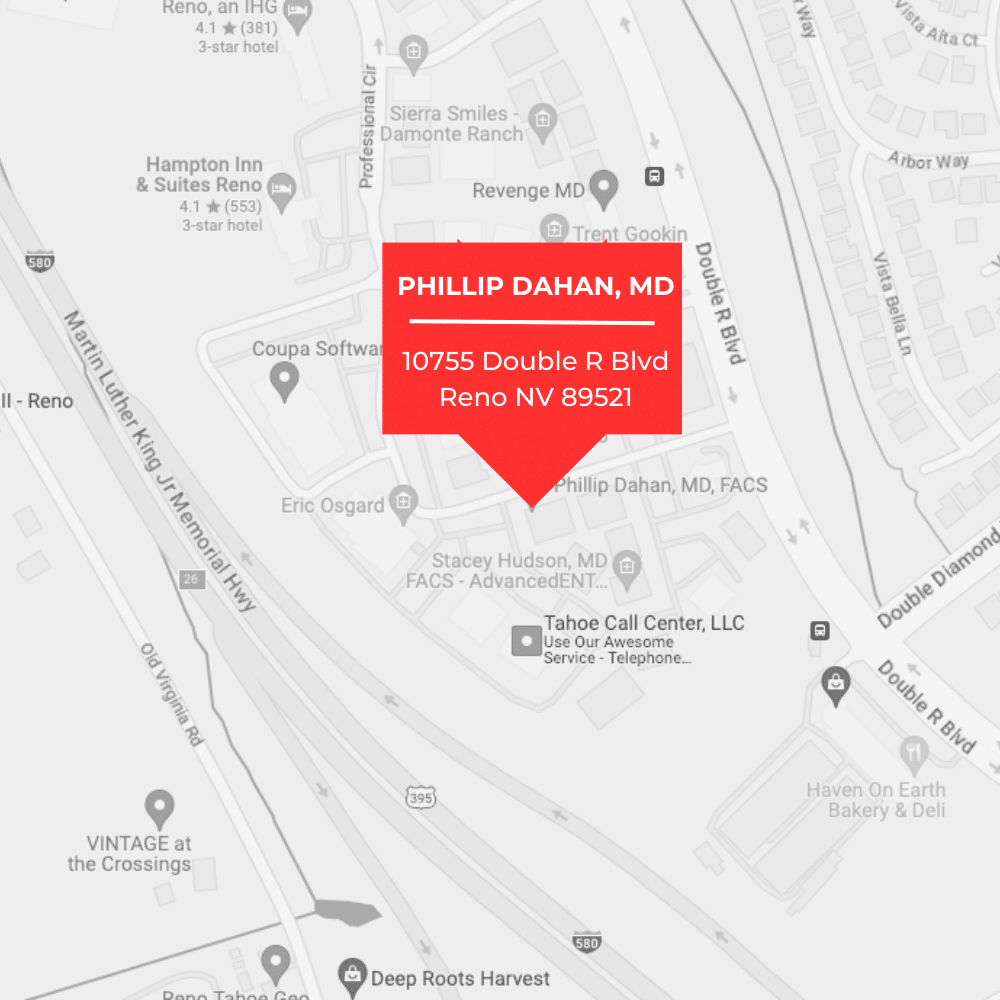Many people are born with or develop protruding, large or uneven ears. Children and even adults are teased and embarrassed about their ear deformities. They commonly wear their hair long to cover their ears and avoid situations where their ears may be exposed. These people benefit from otoplasty surgery.

Dr. Dahan has extensive experience with otoplasty surgery on children and adults and has performed hundreds. Dr. Dahan has performed numerous revisions on patients who have had otoplasty surgery by other plastic surgeons.
What Is Otoplasty?
Otoplasty is the term that describes surgical techniques that modify the shape, size, or position of the ears. The procedure may correct a deformity or alter the ear to make it more aesthetically pleasing and proportionate with the head.
What Is The Best Age For Otoplasty?
Otoplasty is one of the few cosmetic procedures that are appropriate for children. By the age of 6, the ears have nearly reached full physical maturity. It is at this time, as well, when a child may be most vulnerable to teasing. Surgery at this age is advisable for children who may be made to feel uncomfortable about the appearance of their ears. If a child is not bothered by their appearance and is not affected by comments made by their peers, it may not be necessary to consider otoplasty at this young of an age. Surgery can be performed at any time a patient is ready, during childhood or adulthood.
Does An Otoplasty Require Anesthesia?
Most children require general anesthesia for the procedure, however, most teenagers and adults may undergo otoplasty surgery in Dr. Dahan's office under local anesthesia. Dr. Dahan reshapes the ears giving them a more normal and natural contour as well as folding them back closer to the patient's head.* Dr. Dahan's patients exhibit a significant increase in confidence and self-esteem after otoplasty surgery.* Dr. Dahan is always touched when he sees his female patients wearing their hair up and male patients wearing their hair short proudly exposing their ears which they would rarely do prior to otoplasty surgery.
Who Should Get Otoplasty Surgery?
Otoplasty is commonly performed on children ages 5 and up with fully developed ears, teenagers and even adults. The majority are people with bilateral (both) ear deformities, however, some people only require otoplasty surgery on one ear. Those who are candidates to undergo otoplasty surgery wish to correct the following deformities:
- Protruding ears
- Large ears
- Asymmetrical (uneven) ears
- Irregular shaped ears
- Ears that are out of proportion
Does an Otoplasty procedure hurt?
Otoplasty surgery does not hurt. Pediatric patients typically undergo otoplasty with general anesthesia that creates a deep sleep state. Teens and adults can undergo this procedure in the office or outpatient setting with only a local anesthetic and mild sedative to help soothe their nerves.
What Are The Benefits Of Otoplasty?
Otoplasty is beneficial for several reasons.
The procedure can correct several problems. Otoplasty is often performed to correct very large or very small ears, "cauliflower ear," cupped, folded, or protruding ears and other deformities.
It's safe. Otoplasty is observed as one of the safest surgeries in all of medicine. Very few surgeries have a low level of risk found with otoplasty.
Ear reshaping makes the patient feel “normal.” Changing the physical shape of the ears results in psychological benefits, too. In one study, 97% of patients reported increased happiness after otoplasty. Ninety-two percent reported increased self-confidence,

while 79% reported improved social comfort. Importantly, 100% of the patients in this study reported that bullying and teasing significantly diminished or stopped altogether.
What Are The Risks/Complications Of Otoplasty?
All surgery carries some risk. Otoplasty patients are made aware of risks such as:


- Infection and bleeding.
- Scarring. Otoplasty scars are hidden in the creases of the ears or behind the ears, where they are not visible even with short hair or hair is worn in a ponytail.
- Asymmetry. Otoplasty may not fully correct asymmetry, or may result in symmetry due to tissue changes during recovery.
- Changes in skin sensation. This is usually a temporary side effect of surgery.
- Problems with stitches. Sometimes, the stitches placed to secure the ears come to the surface and need to be removed.
- Overcorrection. It is possible to position the ears too close to the head, resulting in an obviously pinned look.
Dr. Dahan has performed numerous ear surgeries for patients in our Reno office. His advanced training in plastic surgery enables him to reconstruct tissue accordingly to achieve the best possible results.
What Our Patients Have To Say
“I wish I could give him more than 5 stars but that’s the maximum I can do. I’m in love with the staff and the doctor. I’ve felt nothing but important and taken care of. They are all amazing and so compassionate! Definitely beyond amazing!” -Cherie P.
How Long Does Otoplasty Surgery Take?
Otoplasty surgery on children is performed in an outpatient surgery center under general anesthesia and takes approximately 60-90 minutes. Most teenagers and adults may undergo otoplasty surgery in Dr. Dahan's office under local anesthesia and also takes approximately 60-90 minutes.
What Is The Otoplasty Procedure Process?
Dr. Dahan makes an incision on the back of the ear where excess skin is removed. The cartilage is then sculpted and in some cases, a small amount is removed. With strategically placed permanent sutures, the ear cartilage is then reshaped and folded so that the ears appear closer to the head, in proportion with each other and with the head. The incision is then closed with sutures resulting in a minimal scar. The ears are dressed with nonadherent gauze and placed in a snug wrap to protect and maintain their position and for comfort. There is minimal pain after surgery since long-acting local anesthesia is injected during the operation. Pain medication and antibiotics offer the patient a comfortable recovery with very minimal risk of infection or complications.
What Should I Expect After Otoplasty Surgery?
Your ears will be wrapped in a headband type of dressing after surgery to promote optimal healing, protect and maintain their new position and shape. After a few days, the dressing may be removed to allow you to shower and then replaced it for a lighter dressing per Dr. Dahan's instructions.

Most children and teenagers will be able to return to school approximately 5 days after surgery. Most adults may return to work approximately 5 days after surgery as well. You will wear a comfortable headband while sleeping for another week to further protect and maintain the new ear shape and position. You may return to normal activities and exercise as well as noncontact sports approximately 3-4 weeks after surgery and contact sports approximately 2 months after surgery. Otoplasty surgery should last a lifetime, however, some patients may require some minor adjustments over time.
How Long Is The Recovery Time After Ear Surgery?
After otoplasty surgery, the patient’s head and ears are covered with bandages and a wrap. This is intended to protect the ears during the initial stages of tissue healing. The bandages must be kept in place for at least 24 hours.
- 1 – 3 days after surgery, the initial fluff padding and compression bandage may be removed a day or two after surgery. This will be replaced with a soft headband that needs to be worn continuously for a week.
- 3 – 7 days after surgery, most of the swelling should be resolved by day 7, and patients are comfortable returning to school or work.
- 1 – 2 weeks after surgery, swelling and bruising are significantly improved at this point, eliminating any concerns about appearing in public.
- The final appearance of the ears is noticed about 3 months after surgery.
Does an Otoplasty procedure leave permanent results?
During the otoplasty procedure, cartilage is reshaped and reconnected as needed to bring the ears closer to the head or to achieve a more discreet shape. Surgery is conducted after the ears have reached full physical maturity, providing permanent results that patients enjoy throughout their lifetime.
Can Ear Pinning Be Combined With Other Procedures?
Yes. Some patients combine otoplasty with earlobe surgery to correct appearance or repair a split caused by trauma. Adults may combine otoplasty with other cosmetic procedures such as blepharoplasty or a facelift.
Will This Procedure Affect My Hearing?
Otoplasty focuses on reshaping the outer area of cartilage on the ears. No structural changes are made inside the ear. Therefore, changes to hearing are not an expected effect of otoplasty.
Schedule A Consultation
For more information about Otoplasty (Ear Pinning) surgery in Reno, Nevada, please contact Dr. Dahan’s office at (775) 826-4477 .
*Individual Results May Vary



